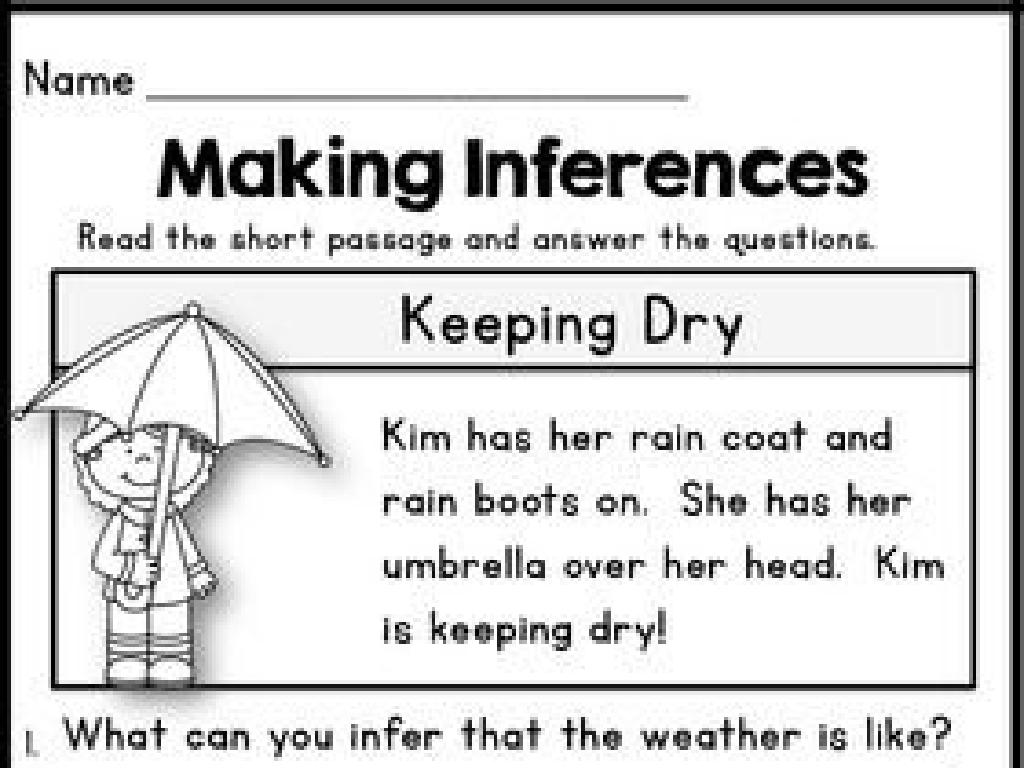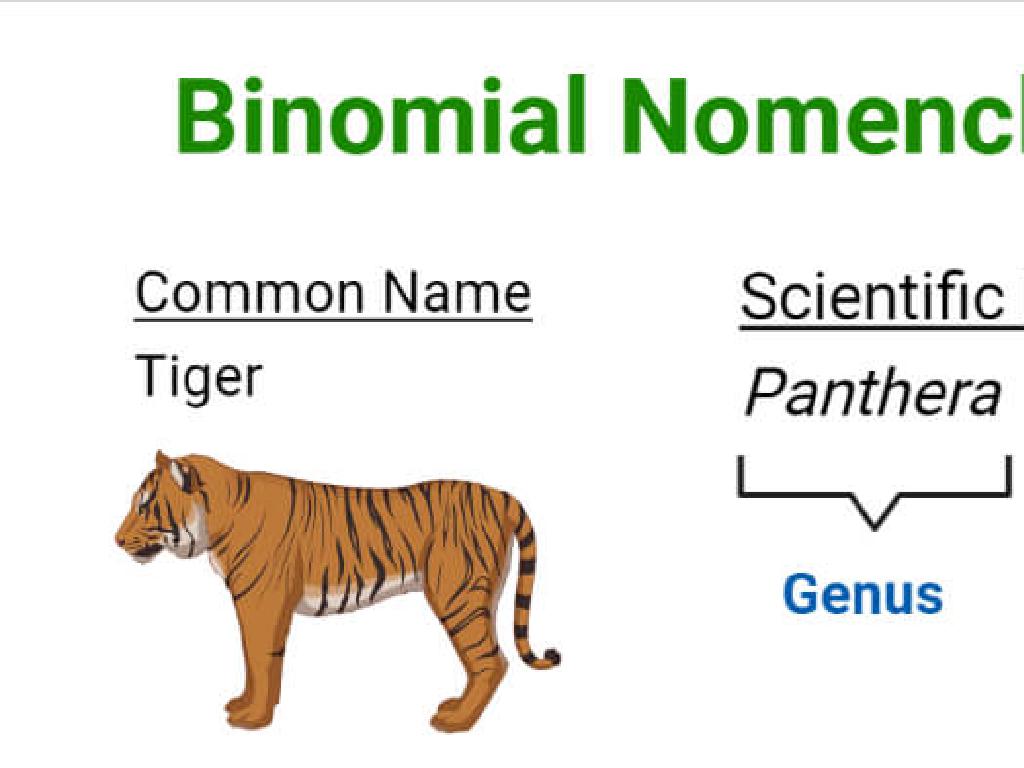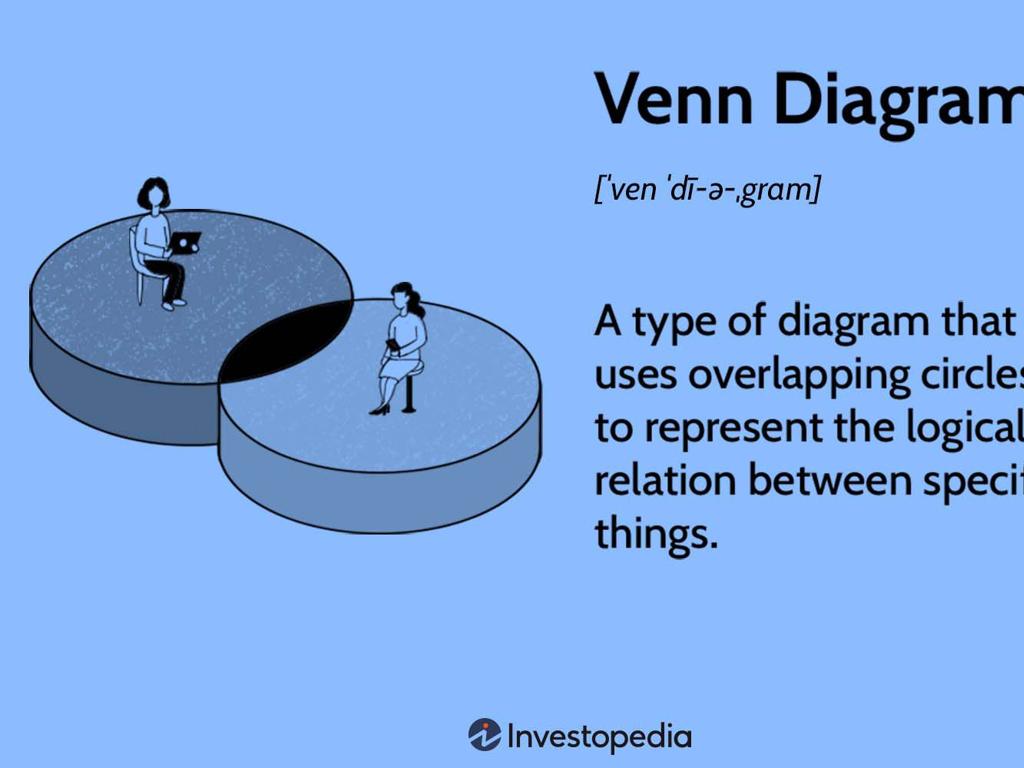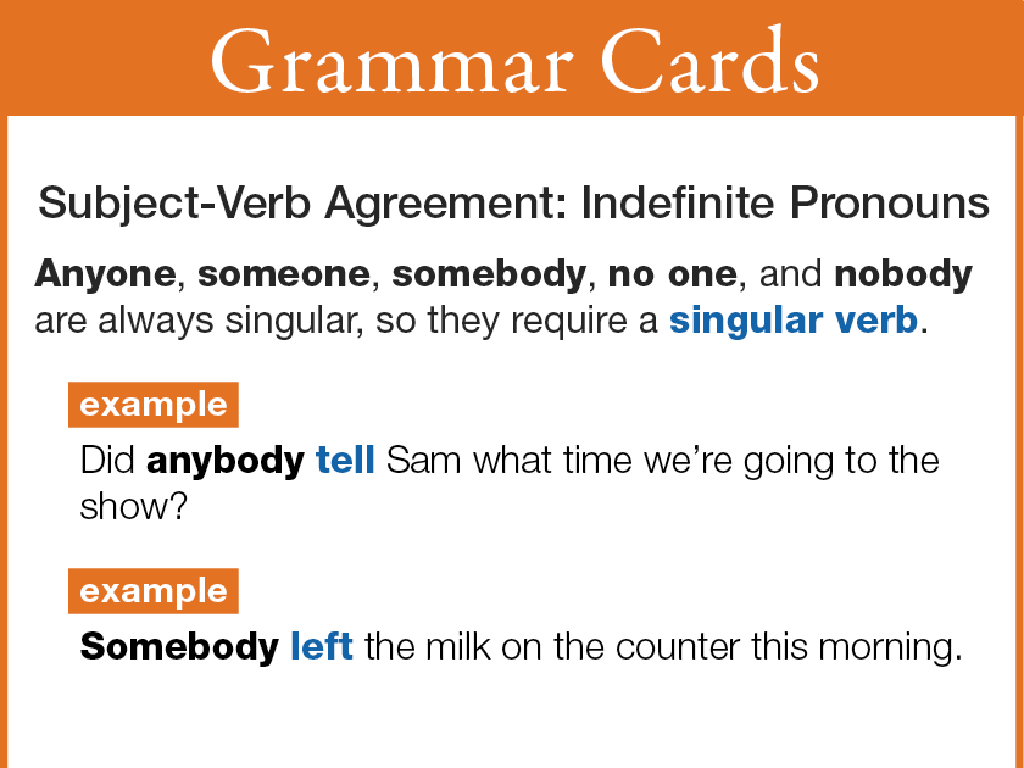Convert Between Mixed Numbers And Improper Fractions
Subject: Math
Grade: Seventh grade
Topic: Fractions
Please LOG IN to download the presentation. Access is available to registered users only.
View More Content
Converting Mixed Numbers and Improper Fractions
– Recap: What are fractions?
– Fractions represent parts of a whole
– Today’s focus: Conversion techniques
– Mixed numbers to improper fractions and vice versa
– Why learn this? Math applications
– Used in algebra, geometry, and beyond
– Real-life relevance of conversions
– Cooking, carpentry, and measurements
|
Begin with a brief review of fractions to ensure students recall that fractions represent parts of a whole. Then, introduce the day’s lesson on converting between mixed numbers and improper fractions. Emphasize the importance of mastering this skill for more advanced math topics such as algebra and geometry. Highlight how these conversions are not just theoretical but also practical, with applications in everyday life like cooking, where recipes often require fractional measurements, or in carpentry, where precise measurements are crucial. Encourage students to think of other areas where they might need to use these skills. Provide examples and practice problems to solidify their understanding.
Understanding Mixed Numbers
– Define mixed numbers
– A number made up of a whole number and a fraction, like 2 1/3.
– Mixed numbers in daily life
– Examples: 1 1/2 liters of soda, 3 3/4 hours of a trip.
– Identify whole and fraction parts
– Whole number: before the fraction, Fractional part: after the whole number.
– Practice with examples
|
This slide introduces mixed numbers, which are used when a number includes both a whole number and a fraction. Start by defining mixed numbers and then show how they appear in everyday contexts, such as measuring ingredients or describing time. Clarify the parts of a mixed number: the whole number (the number before the fraction) and the fractional part (the number after the whole number). Engage students with examples to identify these parts in various mixed numbers. Encourage students to bring up their own examples from daily life to make the concept more relatable and easier to grasp.
Understanding Improper Fractions
– Define improper fractions
– Fractions where the numerator is greater than the denominator, e.g., 7/4
– Compare to whole numbers
– They represent a value greater than 1, unlike proper fractions
– Examples of improper fractions
– 9/5 (greater than 1 whole), 11/3 (equals 3 wholes and 2/3)
|
This slide introduces the concept of improper fractions, which are fractions where the numerator (top number) is larger than the denominator (bottom number). This means they represent a value greater than one whole unit. It’s important for students to understand how these compare to whole numbers, as it lays the foundation for converting between mixed numbers and improper fractions. Provide examples to illustrate improper fractions, such as 9/5, which is 1 whole and 4/5, or 11/3, which is 3 wholes and 2/3. Encourage students to think of these fractions in terms of pizza slices to visualize the concept better. The goal is for students to recognize that improper fractions are just another way to represent quantities that are larger than a whole.
Converting Mixed Numbers to Improper Fractions
– Multiply whole number by denominator
– If 2 1/3, multiply 2 (whole number) by 3 (denominator)
– Add result to the numerator
– 2*3 = 6, now add the numerator (1), so 6 + 1 = 7
– Sum as new numerator over denominator
– Place the sum (7) over the original denominator (3) to get 7/3
|
This slide outlines the process of converting mixed numbers to improper fractions, a key skill in 7th-grade math. Start by multiplying the whole number part of the mixed number by the denominator of the fractional part. Next, add this result to the numerator of the fractional part. The final step is to write this sum as the new numerator, keeping the original denominator the same. For example, to convert 2 1/3 to an improper fraction, multiply 2 by 3 to get 6, add the numerator 1 to get 7, and write it over the original denominator to get 7/3. Ensure students practice this method with various examples to solidify their understanding.
Converting Improper Fractions to Mixed Numbers
– Divide numerator by denominator
– If 7/4, divide 7 by 4. You get 1 with a remainder of 3.
– Quotient becomes the whole number
– From 7/4, after division, 1 is the whole number.
– Remainder is the new numerator
– The remainder 3 becomes the numerator over the original denominator, 4.
– Combine whole number and new fraction
– The mixed number is 1 3/4.
|
This slide outlines the process of converting improper fractions to mixed numbers, a key skill in understanding fractions. Start by dividing the numerator by the denominator to find the whole number and the remainder. The whole number is the integer part of the mixed number, and the remainder is the numerator of the fractional part. The denominator remains the same. For example, converting 7/4 to a mixed number: 7 divided by 4 equals 1 with a remainder of 3, so the mixed number is 1 3/4. Encourage students to practice this method with various examples and ensure they understand each step before moving on to more complex problems.
Converting Mixed Numbers and Improper Fractions
– Convert 2 3/4 to an improper fraction
– Multiply the whole number by the denominator, add the numerator: 2*4+3
– Convert 11/3 to a mixed number
– Divide the numerator by the denominator: 11 ÷ 3
– Step-by-step class walkthrough
– Use examples to demonstrate the conversion process
– Practice conversion techniques
|
This slide is aimed at providing practice examples for students to understand the conversion between mixed numbers and improper fractions. Start with Example 1 by multiplying the whole number by the denominator and then adding the numerator to get the improper fraction. For Example 2, show how to divide the numerator by the denominator to find the whole number, and then write the remainder over the original denominator to get the mixed number. Work through these examples with the class, ensuring that each step is clear and that students can follow along. Encourage them to ask questions and to try these techniques with additional examples for practice.
Class Activity: Conversion Challenge
– Pair up for mixed number conversions
– Convert mixed to improper fractions
– Multiply the whole number by the denominator, add the numerator
– Turn improper fractions to mixed numbers
– Divide the numerator by the denominator, the quotient is the whole number
– Present your conversions to the class
|
This activity is designed to reinforce the students’ understanding of converting between mixed numbers and improper fractions. Have the students pair up to encourage collaboration. Provide a list of mixed numbers for each pair to convert to improper fractions. Then, give them a list of improper fractions to convert back to mixed numbers. After completing the conversions, each pair will share their answers with the class, allowing for peer review and discussion. This will help students learn from each other and clarify any misconceptions. Possible variations for different pairs could include using different sets of numbers or incorporating word problems that require conversion as part of the solution process.
Wrapping Up: Mixed Numbers & Improper Fractions
– Recap of conversion methods
We reviewed how to convert between mixed numbers and improper fractions.
– Practice makes perfect
Regular practice is key to mastering these conversions.
– Homework: Conversion worksheet
Complete the provided worksheet to practice your skills.
– Next class: Q&A session
Prepare any questions you have for a review session next class.
|
As we conclude today’s lesson on converting between mixed numbers and improper fractions, it’s important to emphasize the significance of practice in mastering these concepts. The homework assignment involves a worksheet that will provide students with additional practice to reinforce their understanding. Encourage students to attempt all problems and remind them that we will have a Q&A session in the next class to address any difficulties they encountered. This will help ensure that students are well-prepared and confident in their ability to handle conversions between mixed numbers and improper fractions.






